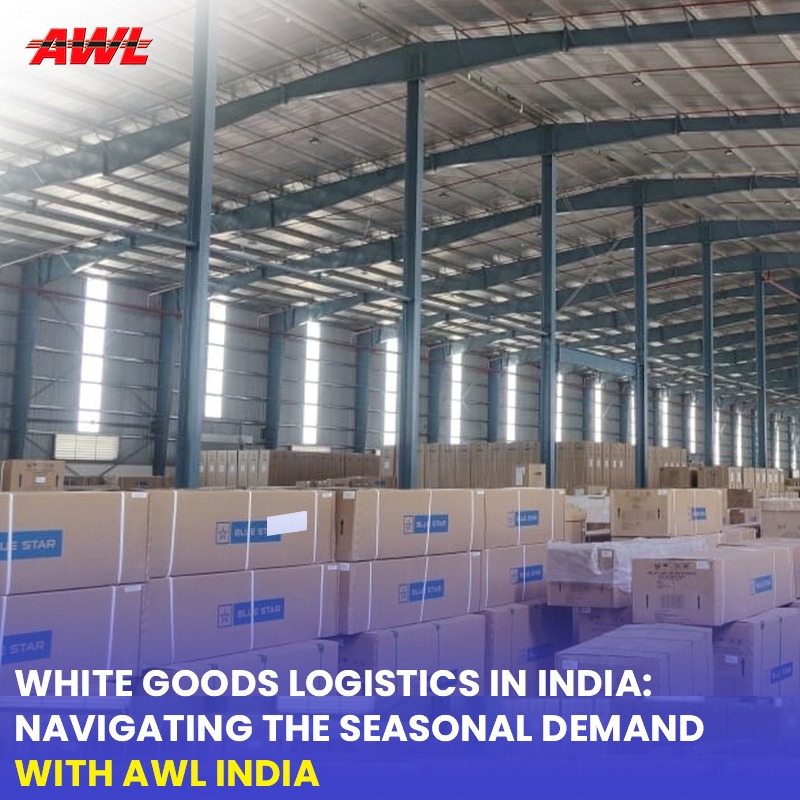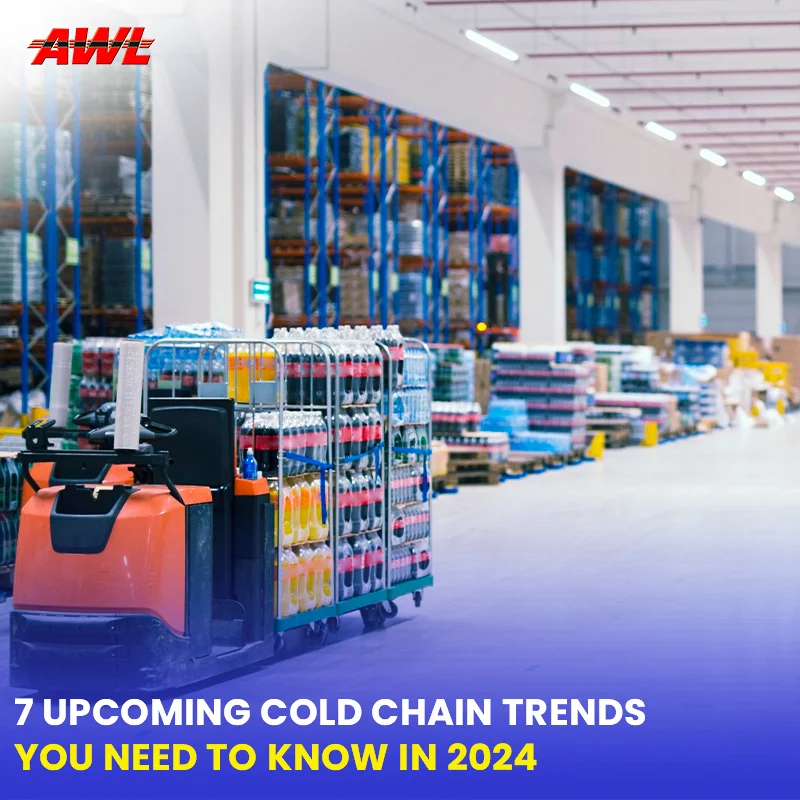

The worldwide supply chain relies heavily on the cold chain, which is essential for the distribution of temperature-touchy items. This consists of pharmaceuticals, inclusive of vaccines and biologics, in addition to perishable objects like sparkling produce, dairy products, and seafood. The bloodless chain is a complex and challenging challenge, requiring meticulous planning and execution to maintain the integrity of these products in the course of their journey from manufacturer to client. Any disruption within the cold chain can cause spoilage, lack of efficacy, and massive monetary losses, making it a critical aspect of the supply chain. The cold chain region has undergone extensive changes pushed through technological advancements and evolving consumer wishes. As the demand for sparkling and first-rate merchandise continues to rise, corporations are increasingly recognising the significance of investing in strong bloodless chain solutions.
In 2024, numerous vital traits will shape the future of cold chain logistics, offering demanding situations and opportunities for companies operating in this space. One of the most superb trends is the integration of advanced technology, including the Internet of Things (IoT), artificial intelligence (AI), and blockchain, into bloodless chain operations. IoT gadgets allow real-time monitoring of temperature and humidity stages, allowing for instant corrective moves if deviations arise. AI can optimize routing and stock management, improving performance and lowering waste. Meanwhile, blockchain technology offers better traceability and transparency, ensuring that each stakeholder can confirm the situations in which merchandise was saved and transported.
Another big trend is the developing emphasis on sustainability within the bloodless chain. As customers become more environmentally conscious, businesses are under pressure to adopt greener practices. This consists of the usage of strong-green refrigeration structures, lowering packaging waste, and exploring opportunities for refrigerants with lower environmental impact. Companies that prioritize sustainability no longer only meet consumer expectations but additionally function as leaders in a competitive marketplace.
The upward push of e-commerce and direct-to-purchaser models is reshaping bloodless chain logistics. With more customers choosing online grocery shopping and domestic shipping offerings, agencies need to adapt their cold chain management solution to accommodate smaller, more frequent shipments. This shift calls for progressive answers, including micro-success facilities and closing-mile shipping alternatives that maintain the integrity of the bloodless chain while meeting consumer demands for pace and convenience.
These traits also lead to demanding situations. The increasing complexity of cold chain logistics necessitates a professional group of workers able to deal with advanced technology and navigate regulatory necessities. The ongoing international supply chain disruptions, exacerbated by activities that include the COVID-19 pandemic, have highlighted vulnerabilities inside the cold chain logistics, prompting companies to reassess their hazard management strategies. The cold chain enterprise is hastily converting due to different factors, which include technological improvements, regulatory shifts, and evolving consumer choices. Here are seven enormous trends reshaping the bloodless chain panorama in 2024:
The technology of confined visibility within the cold chain is fading away. Real-time monitoring and tracking answers are now widespread, enabling corporations to reveal product locations, temperature, and humidity stages accurately. This boosts supply chain transparency and helps with proactive issue resolution.
The upward thrust of e-commerce has heightened the demanding situations of final-mile delivery, mainly for temperature-sensitive goods. Innovative answers like temperature-managed delivery lockers and drone shipping are rising to tackle this problem.
Both purchasers and businesses are more and more prioritizing environmental concerns. Sustainable cold chain practices, together with power-green technologies, green packaging, and emission discounts, are gaining momentum.
Adhering to strict guidelines is important in the bloodless chain sector. Keeping abreast of regulatory adjustments and imposing sturdy compliance frameworks is crucial for businesses to avoid penalties and uphold client acceptance as true.
Emerging technologies like synthetic intelligence, blockchain, and the Internet of Things (IoT) are remodeling cold chain operations. These advancements enable predictive upkeep, deliver chain optimization, and step forward statistics and analytics.
The growth of e-fitness and telemedicine has raised the need for efficient cold-chain answers to move prescribed drugs, vaccines, and clinical elements.
The trend of outsourcing cold chain logistics to specialized companies is gaining traction. CaaS models provide businesses flexibility and efficiency.
At AWL India, we lead the way inside the bloodless chain enterprise. Our steadfast determination to innovate and purchaser pride has mounted us as one of the gold standard cold chain logistics companies of all-encompassing bloodless chain answers. We understand the complexities of the cold chain environment and deliver numerous offerings tailor-made to the specific requirements of our clients. Our key areas of know-how consist of:
Our present-day warehouses feature state-of-the-art temperature management structures to ensure perfect garage conditions for your products.
Our fleet of temperature-regulated vehicles ensures green and spark-off delivery of your temperature-sensitive goods.
We provide an array of packaging alternatives designed to maintain product integrity throughout the complete delivery chain.
Our advanced generation permits actual-time monitoring and oversight of your shipments, supplying you with full visibility and manipulation.
We continue to be knowledgeable about modern guidelines and make sure that our operations meet the very best compliance requirements.
The cold chain quarter is on the brink of substantial growth and trade. With the non-stop advancement of generations and the evolving expectations of clients, companies want to alter and continue to be aggressive. By embracing new tendencies and teaming up with skilled carriers, which includes AWL India, groups can efficiently navigate the complexities of the bloodless chain and ensure secure and powerful shipping for their items. Check out AWL India now!
FAQs
Recognize extensive opportunities for automating transport and logistics processes to reduce labor-intensive tasks. Evaluate data from vehicle telematics, IoT devices, delivery metrics, customer satisfaction levels, and sustainability indicators to inform decision-making.
The cold chain logistics market in India reached an estimated value of US$ 9.75 billion in 2023 and is projected to reach US$ 12.85 billion by 2028, with a compound annual growth rate (CAGR) of 5.67% (Mordor Intelligence). A well-functioning cold chain infrastructure is essential for the transportation of temperature-sensitive products within specified time constraints.
The future supply chain will be characterized by the integration of artificial intelligence and digital technology for automated operations. This will streamline decision-making processes throughout the value chain and provide employees with increased flexibility in their work arrangements

